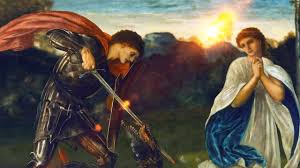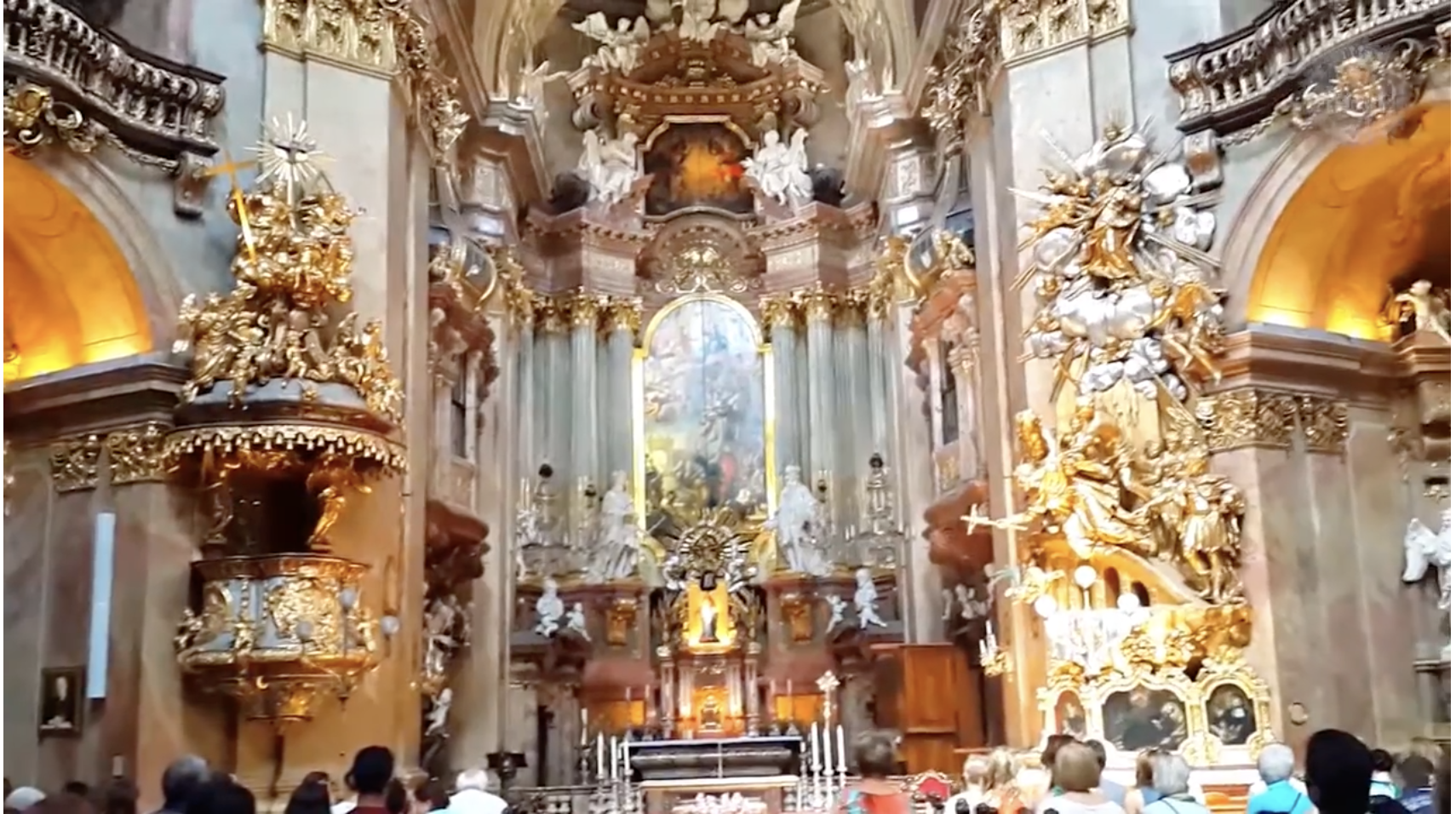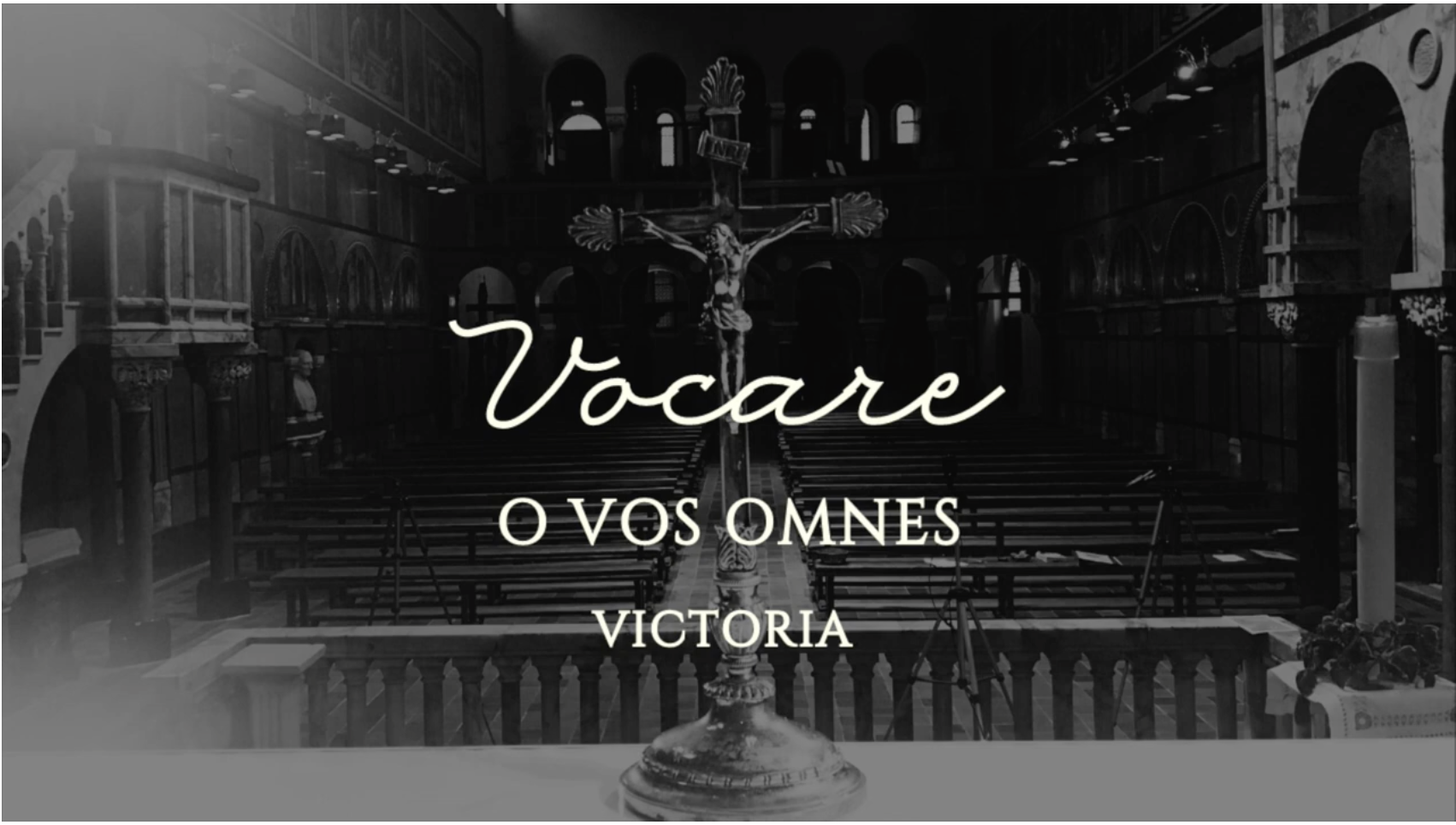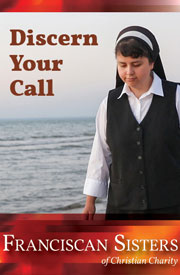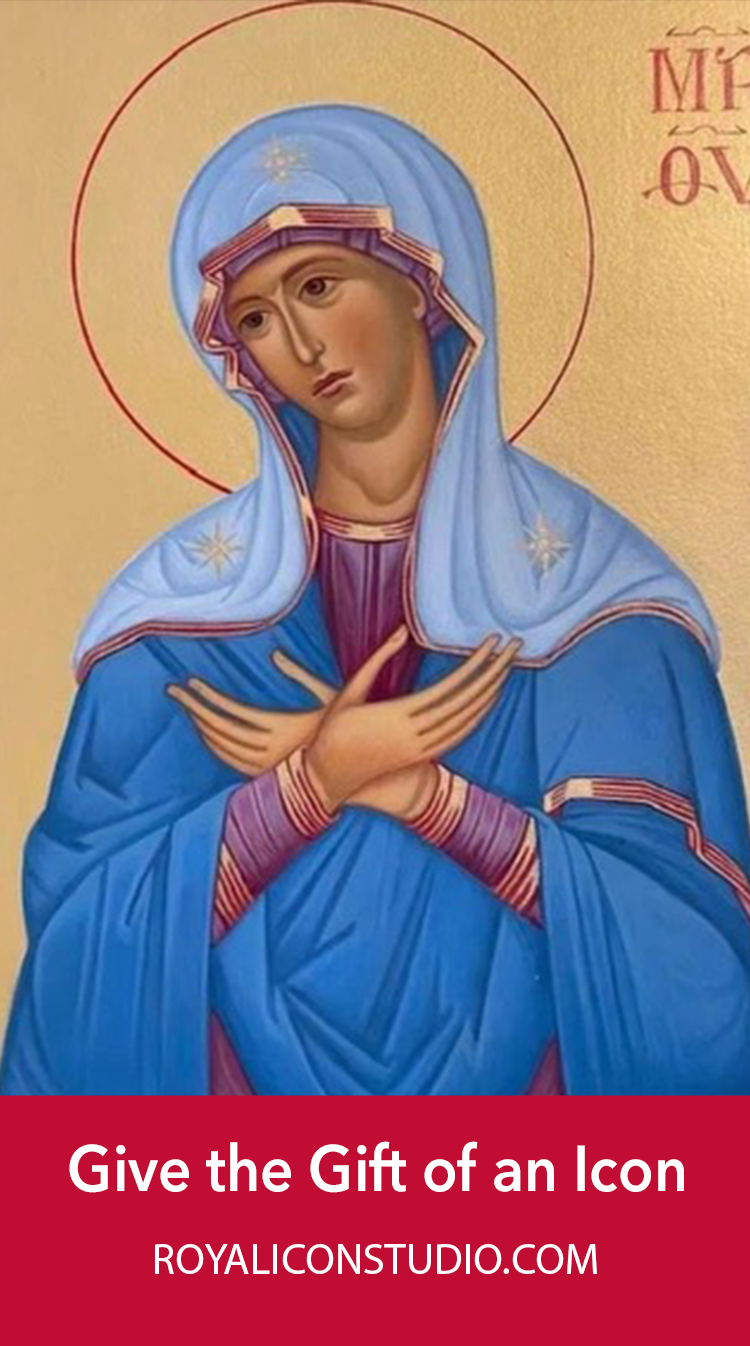Kudos to Archbishop Salvatore Cordileone who, in liberal San Francisco, instructed his Catholic schoolteachers last week to teach and to act publicly in harmony with Catholicism. Imagine: expecting Catholic institutions and their employees to behave as if they were Catholic. The pushback from the media and “concerned” politicians was predictable. But as you may have noticed, they’re pretty much all already off chasing the next ambulance, and the question is fading from view.
There’s a crucial lesson here. The archbishop – or any Church prelate these days – should follow the playbook of the savvier sort of politicians (on this one point, anyway). Don’t be intimidated or retreat at the initial counterattack. Survive the immediate news cycle. Use the media’s incessant pursuit of novelty and the short attention span of the public to your advantage. Hold your ground until they move on – usually a matter of days, at most. Then fortify the position and treat any additional challenges as old news.
These tactics will not win battles in the media, but it’s not always necessary to win. Asserting what’s right and making sure that it’s followed within Catholic institutions is the basic job description for a bishop. The only way a Catholic leader can win over the media – at least the many in the media who don’t respect and fairly characterize the Church – is not to be fully Catholic. If you’re willing to trade parts of the truth for public approval, you can get “good press.” But you also should be in another line of work.
The more intractable problem, as San Francisco shows, lies elsewhere. Much of the world has reduced Christianity to not judging and inclusiveness – and troublemakers will try to use that narrow Gospel to push an agenda, as far as the law allows. Happily, the law – at least for the moment – doesn’t allow much interference in the internal operations of religious bodies. The Supreme Court has been fairly consistent in giving them wide discretionary powers.
So I myself wouldn’t worry much when someone like amateur theologian and political philosopher Tom Brady, Sr., father of the New England Patriots’ quarterback, who attended a Catholic high school in the Bay Area, remarks, to the applause of national media, of Archbishop Cordileone’s rules for teachers: “It’s totally unfair and it impinges on their personal life and he doesn’t have the right to do that.” Actually, he does, insofar as they work for him in an archdiocesan institution.
But as Brady’s reaction shows, there is a real challenge internal to the Church. The media move on to fresher material in search of ratings, but they will return to a story when there’s a Catholic-bites-bishop angle. And that happens quite a lot when there’s organized dissent anywhere.
If you Google the SF story, you’ll see pictures of solemn young students from SF Catholic schools, who have learned the Gospel of inclusiveness, holding signs about mercy, tolerance, and inclusivity. They even have a Twitter account: #teach acceptance. Tolerance and acceptance being the only Christian values that are allowed to exist in public – and increasingly within parts of the Church itself. Catholicism used to think further: what was being accepted – or rejected – was sort of the whole point.

Some of us still read the real Gospels and, even more eccentrically, believe they speak to our circumstances: “Do not think that I have come to bring peace upon the earth. I have come to bring not peace but the sword. For I have come to set a man ‘against his father, a daughter against her mother, and a daughter-in-law against her mother-in-law; and one’s enemies will be those of his household.’” (Matt 10:34-6)
That’s Jesus, by the way. We may legitimately argue over what exactly he meant by this, but there’s plenty more where that came from about all sorts of things that won’t sit well with #teachacceptance.
Typical of the ethos that has grown up during years of pre-Cordileonean drift in San Francisco is the mission statement of one Catholic school quoted in opposition to the archbishop: “[We] provide the finest education in an inclusive Catholic community of faith. We prepare our students to become service-oriented leaders with a commitment to living the Gospel.” A school’s mission statement will never rival Aquinas, but maybe it would be a little more “inclusive” if Catholicism were among the things included.
Two “Catholic activists,” who cited this statement, wrote in the San Francisco Chronicle: “The recent efforts by San Francisco Archbishop Salvatore Cordileone to change the contracts of our beloved teachers – and to include a declaration of sexual ethics into the faculty handbooks – is not only an affront to teachers, but an affront to the very nature of education, and undermines our efforts to create a climate of safety and welcome for all of our children.”
Well, the affront to teachers, we might have expected, but the affront to the very nature of education? Who knew that, contrary to the whole history of Catholic education and education as it was practiced throughout the world until recently, that its “very nature” is really about safety and welcome.
“Safety” is a new term of art starting to pop up everywhere. On its face, it seems innocent enough, but in fact it’s a code word. My own not-so-alma mater recently held a conference for women at the same moment that another was taking place so that women, able enough for admission to an Ivy League school, would have a “safe” space not to feel “attacked by [unwelcome] viewpoints.” Even the Washington Post mocked them. For some Catholics, Catholicism itself is now one such viewpoint.
The real challenge for our bishops for the foreseeable future is managing nominal Catholics. The bishops will be accused of driving people away. But, brothers, that’s not true. Such Catholics have already moved away, all on their own. When the Church decides to be Catholic rather than just go along, it doesn’t divide. It shows how things truly stand.


